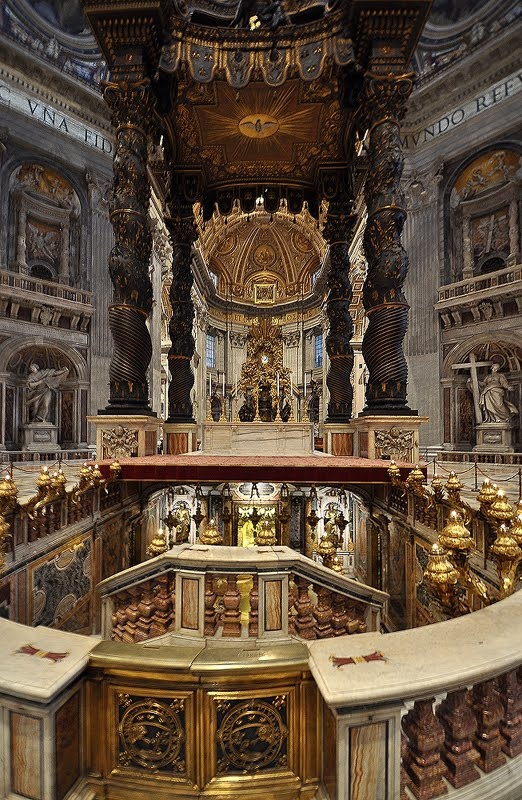
awesome pics Saint Peter's tomb in St. Peter's Basilica, Rome, Italy
Scientists have confirmed the remains are those of a 60- to 70-year-old robust male, according to Vatican News. The remains of St. Peter may have been and possibly still could be buried in.

St. Peter's Tomb in St. Peter’s Basilica Vatican City tour
Saint Peter. Maintained by: Find a Grave. Added: 8 Sep 1998. Find a Grave Memorial ID: 3558. Source citation. Catholic Saint. The most prominent of the twelve apostles of Jesus Christ. The Roman Catholic Church declared him a saint, and refers to him as the first Bishop of Rome. His name was originally Simon, but Jesus referred to him as Cephas.

How to See St. Peter's Tomb in Vatican City The Roman Guy Visiting
Saint Peter's Basilica has three levels. Level 1: The present Basilica in black. Level 2: The Papal Grottoes in magenta. Level 3: The Vatican Necropolis in blue. The floorplan we used in the second article is the blue portion of this cross-section drawing. The drawing in the previous paragraph is also the blue portion.

Rome, Italy St. Peter's Tomb in the Basillica Italy travel, Travel
The archeology and history of Peter's presence and death in Rome. Saint Peter resided in Rome and suffered a martyr's death there in the year 67 A.D., at the time of the Christian persecutions during the reign of the emperor Nero. The exact place of his martyrdom is unknown. Historians believe Saint Peter was crucified upside down in Nero's.
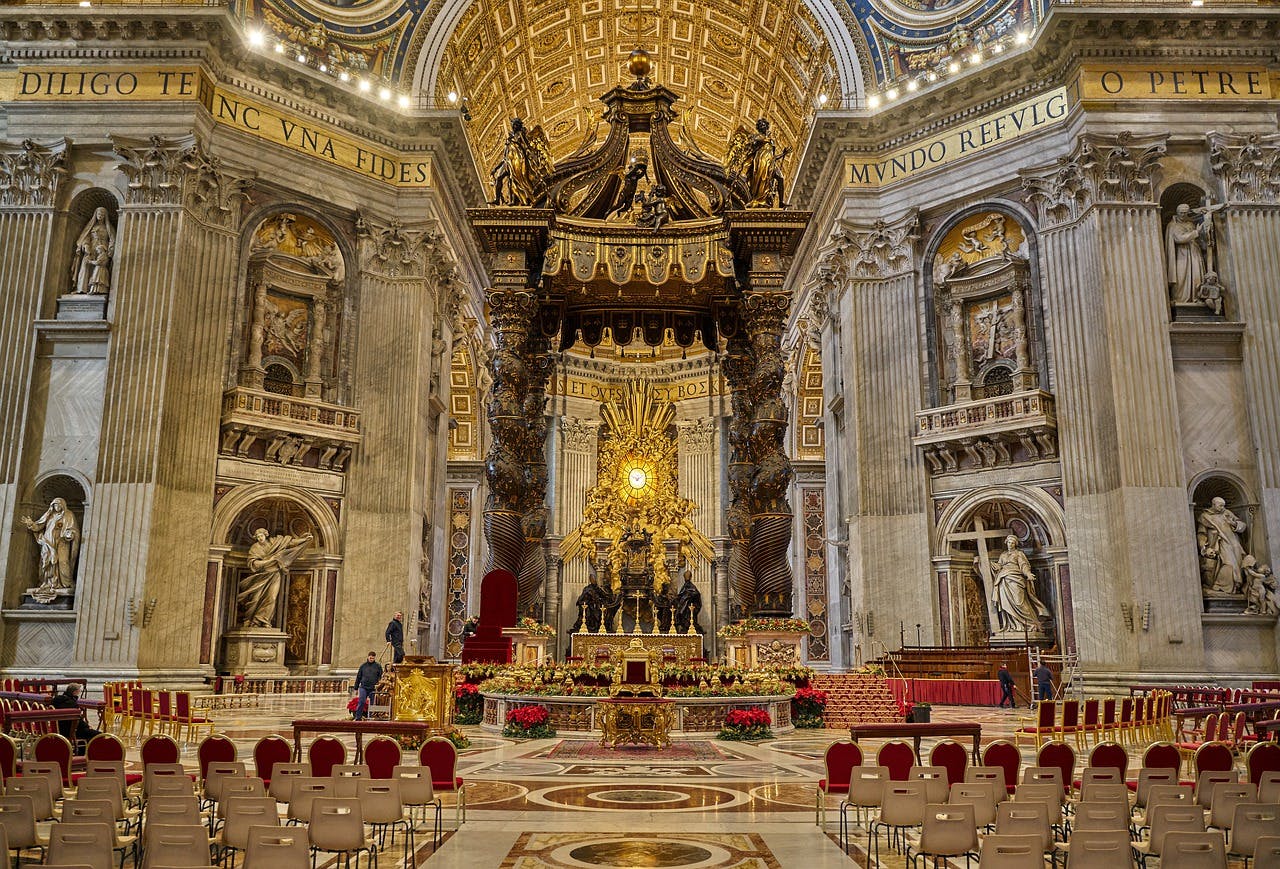
Visit St. Peter’s Tomb An Underground Treasure
During the mid-20th century, excavations under the Vatican City revealed an amazing find. A necropolis, dating back to the 3rd century! An old cemetery, one of many outside of the original city walls, was the resting place of many. St Peter was buried here after his martyrdom in ca. 64 AD. Despite laws protecting the Necropolis, the Emperor.
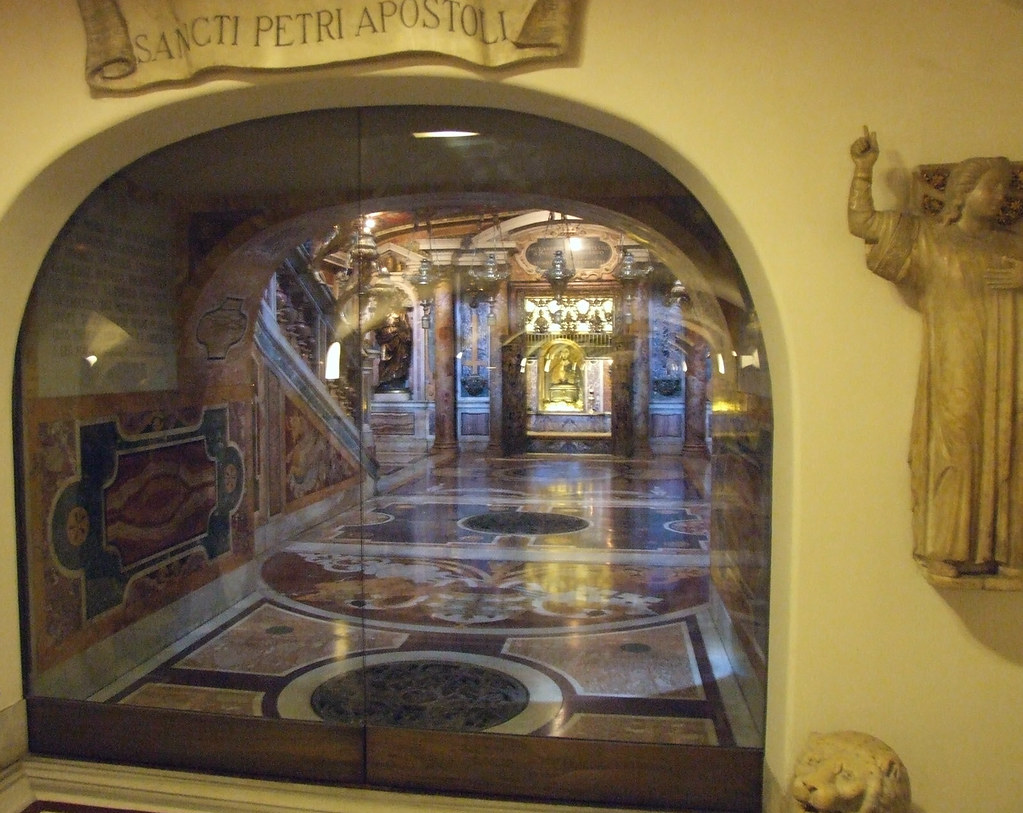
Tomb of St. Peter, Vatican City a photo on Flickriver
Two subsequent renovations would build large altars directly on top of St. Peter's grave. The original basilica was replaced by the current basilica in the sixteenth century, which placed the main papal altar high above the old altars. Hence, throughout the tradition of the Church, St. Peter was believed to be buried under the altar of the.

St. Peter's Tomb This is St. Peter's tomb, underneath the … Flickr
By Jack Finegan. Literary tradition is clear that St. Peter was crucified in Rome and was buried at a place called Vatican. Archaeology has confirmed that the Church of St. Peter was built above, and to commemorate, the place of his burial. In the first 11 chapters of Acts, Peter is depicted as the leader of the early church of Jerusalem.

St Peters Tomb how to visit this special site Rome attractions
Sun 24 Nov 2013 07.46 EST. The Vatican has publicly unveiled bone fragments purportedly belonging to Saint Peter, reviving the scientific debate and tantalising mystery over whether the relics.
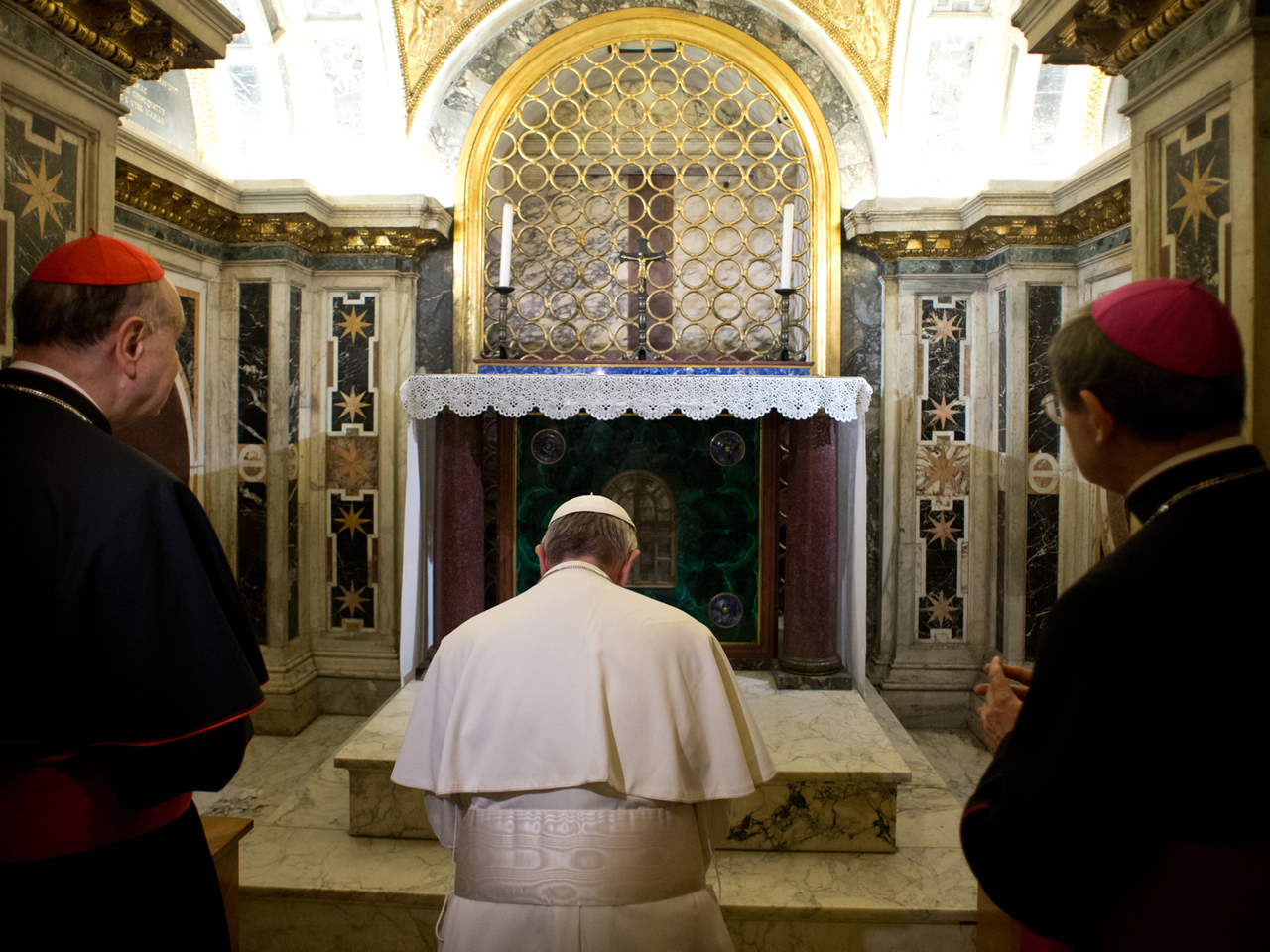
Pope Francis visits St. Peter's tomb under Vatican CBS News
Saint Peter's tomb is a site under St. Peter's Basilica that includes several graves and a structure said by Vatican authorities to have been built to memorialize the location of Saint Peter's grave. St. Peter's tomb is alleged near the west end of a complex of mausoleums, the Vatican Necropolis, that date between about AD 130 and AD 300. The complex was partially torn down and filled with.
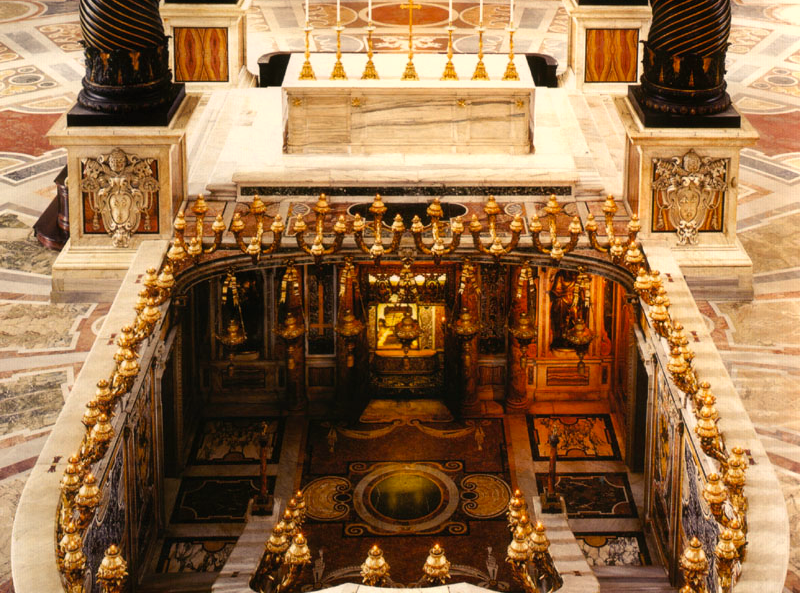
360 Video Inside the Tomb of St. Peter at the Vatican
Buried under St. Peter's Basilica is the treasured Tomb of St. Peter, an important historical and religious burial site since the 1st century. Built in honor of St. Peter - one of the twelve apostles of Jesus Christ, the tomb has several structures that together make up a grand tomb. These structures were created by the Vatican authorities to memorialize the martyrdom of St. Peter.
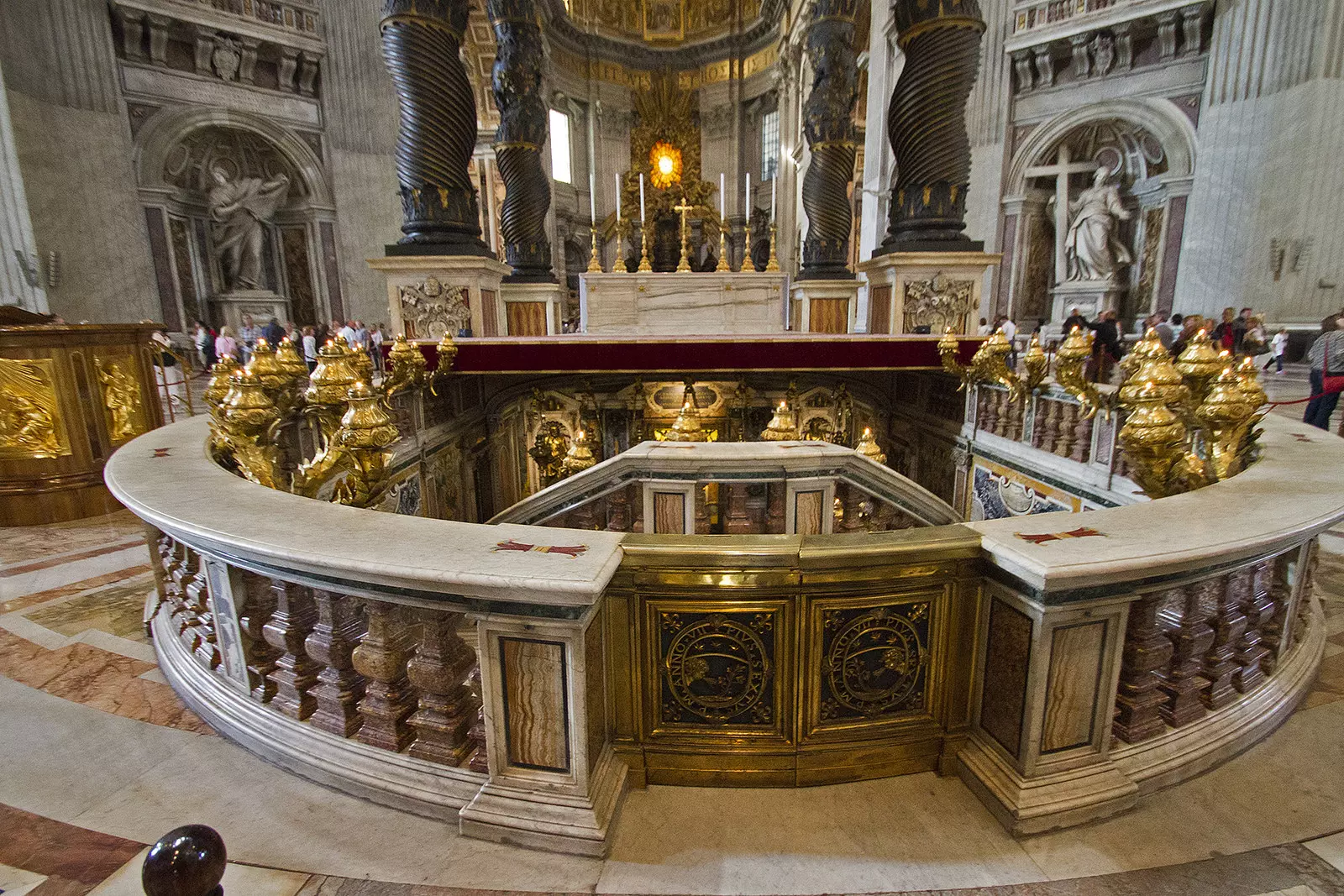
Is the Vatican built on Peter's grave? Pope Web Vatican 2023
how to book your tour of St Peters tomb and Vatican Necropolis via the Vatican Scavi office. If you want to book via the Vatican Scavi office, send an email (English is fine) to: [email protected] or by fax: 011 39 06 6987-3017. You can also fill out the form on the official Vatican Excavations Office website.

Tomb Pope St. Peter`s Basilica Vatican Editorial Photo Image of jesus
Beneath the world-famous St. Peter's Church one can find the secrets of the Vatican and over 2,000 years worth of history. This lesser-known Vatican sight was first discovered in the 1940s when Pope Pius XI hoping to find the remains of St. Peter requested excavations to be carried out under the Basilica… they found much more than they.
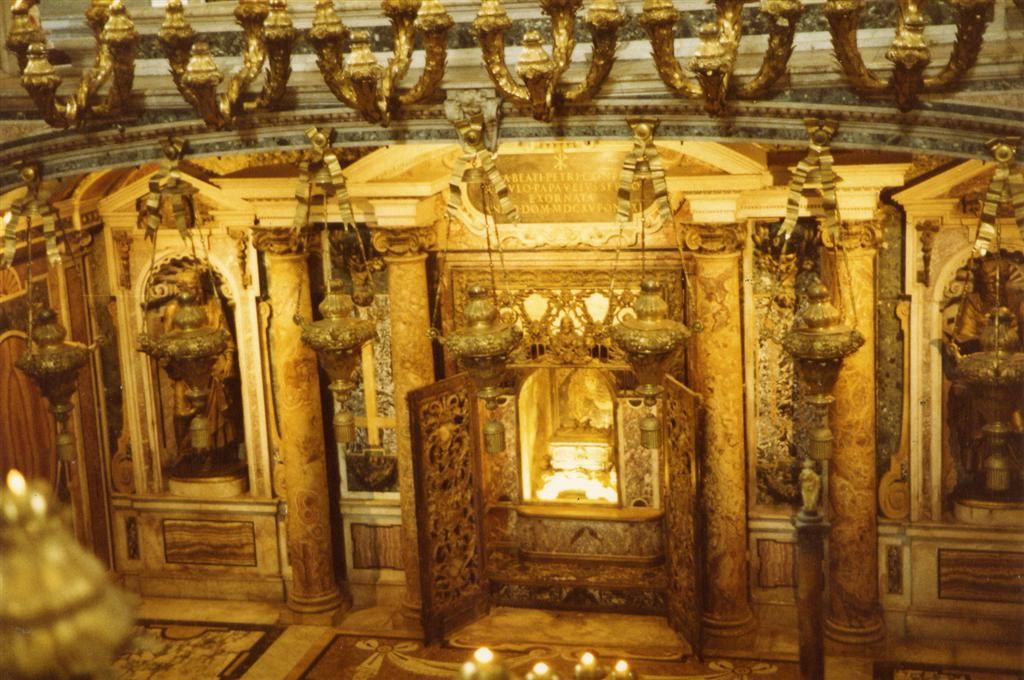
St Peter's Tomb Vatican Necropolis Petspare
The only "solid evidence" which Peterson provides — which "a person who has seen. could never doubt that this truly is the burial place of St. Peter" — is solely that the inscription on an ossuary appeared to read in Aramaic, "Simon bar-Jona."Yet the names "Simon" (שמעון) and "Jona" (יוֹנָה) or "John" (יוֹחָנָן) are all among the most common.
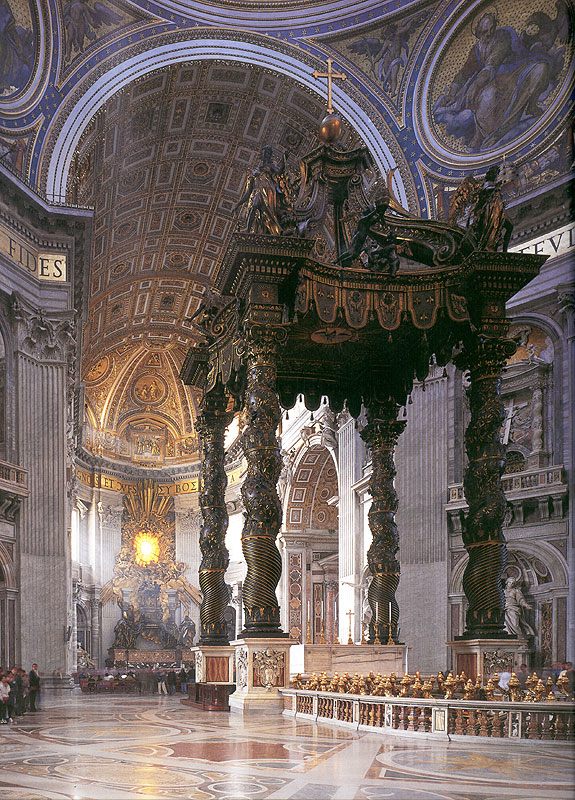
Saint Peter's Tomb, Vatican City Photos
But Catholics understand Jesus' words differently: The new Christian church would be physically built on Peter's remains. There's not much mention of Peter's eventual fate in the New Testament, but John's gospel says Jesus told Peter that, when he became old, Peter would "stretch out his hands.". John's gospel interprets this as.
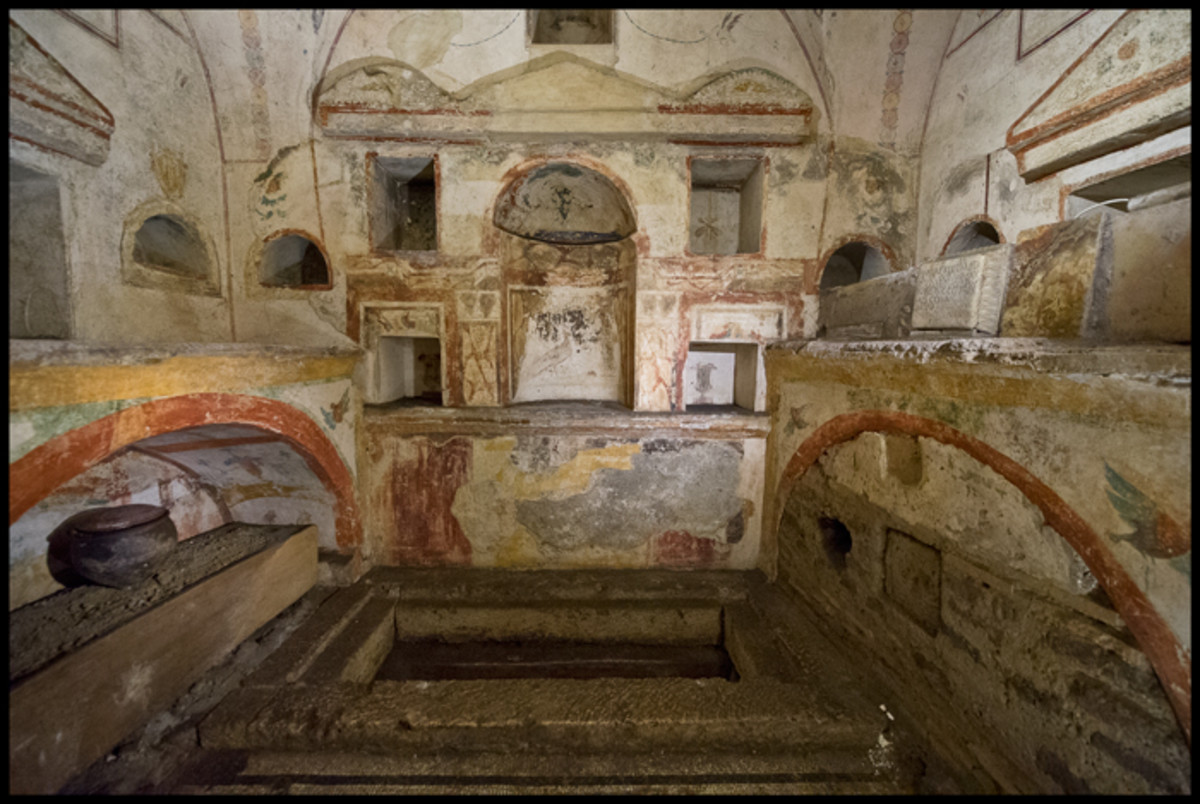
The Vatican Scavi Tour Visiting the Necropolis of St. Peter’s Basilica
Last time, I gave a brief history of the tomb of St. Peter on the Vatican, and of the excavations in the 1940s that uncovered the ancient pagan necropolis beneath St. Peter's Basilica. I left the matter of the excavation of the tomb itself for this post — which is bound to be a little more technical.

Is it really the Tomb of Saint Peter under Saint Peter’s Basilica
Saint Peter's tomb is a site under St. Peter's Basilica that includes several graves and a structure said by Vatican authorities to have been built to memorialize the location of Saint Peter's grave. St. Peter's tomb is alleged near the west end of a complex of mausoleums, the Vatican Necropolis, that date between about AD 130 and AD 300. The complex was partially torn down and filled with.